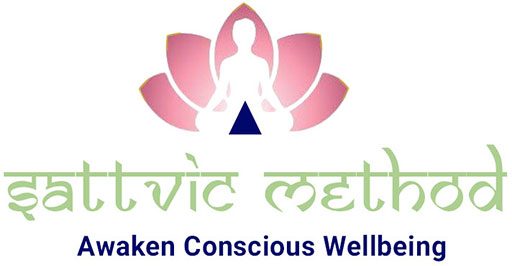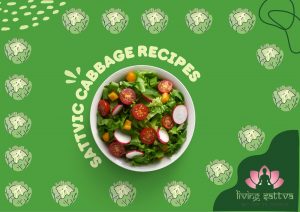A friend asked me this question: Is baking sattvic? I know we cannot use egg, but, is baking in general a sattvic activity?

Thank you for sending this question to me. The short answer to this question: it depends. Sattvic diet did not design baking as an activity because of a lifestyle choice. Sattvic food was made fresh and consumed within a few hours or at least by the end of the day. In sattvic cooking, most of the food, including #vegetables, are cooked and consumed right away. Rice, a staple food in the sattvic menu, does not keep well over a long time. It becomes spoiled and smells horrible. To overcome this limitation, various forms of rice- puffed rice, flat rice, and powdered rice became available. Several rice forms are portable, and we can prepare them instantly when we are traveling. #Wheat, on the other hand, can be made for travel. Roti’s can keep up to 2 days when wrapped in cloth. Forms of wheat such as suji (cream of wheat, farina) and cracked wheat.
Fermentation is another process to prepare rice and wheat. #Rice or wheat is soaked for a few hours until the starch absorbs the water and the grains expand. Depending on the degree of processing of the rice, it can take a few hours or requires overnight soaking. We prepare a liquid dough with softened rice by blending with water and salt. After blending, we mix it with clean hands ensures the transfer of microbes from the air and hands. This mixing helps in open #fermentation on the #kitchen counter, allowing natural bacteria to act on the starch and proteins. The result of the #microbial activity causes the mixture to increase or rise by the presence of air pockets. Watch this video on how to make idli and dosa to get a better idea of this process.
Rice is usually fermented with lentils, providing a combination of protein and carbohydrates. Fermented rice is easily digestible and replenishes the microbial ecosystem in the gut. Fermented rice products are portable for up to 3 days without refrigeration in hot climates, more extended in colder climates. Although foods can keep for up to three days, all attempts to
However, it is not sattvic to eat foods that have been prepared for longer than 12 hours.
The general lifespan, #expiry period, of cooked sattvic #food, is between sunrise and sunset, or end of the day. Most sattvic kitchen’s cook little food, simple food, and do not store any cooked food in the fridge. In many sattvic kitchens, leftover rice (plain cooked rice without any seasoning) is immediately soaked in water to imitate the fermentation process.
Long term storage and portability of prepared food were available through other processes such as deep frying or cooking over hot coals. These processes, in a rice-based food system, did not require prolonged fermentation. Much of rice recipes can be prepared on stove tops and do not require special equipment such as #ovens.
Unlike wheat, which has a large amount of gluten, rice is low on gluten. During the fermentation of wheat, #gluten traps the gas bubbles produced by the action of yeast. It also removes moisture during baking. Thus, processing wheat for long term #storage requires yeast for fermentation. It is even tougher for the stomach to digest foods that are low on moisture and fiber.
The sattvic diet avoids all forms of fungus, including yeast, due to their signature imprint on our muscle memory. It is in our #muscle #memory that pain, and suffering get recorded. When people begin to adopt a vegetarian diet, one of the first experiences they report is the relief from the body or joint pains. The accumulation of metabolic toxins causes body pain.
What does all this mean for sattvic baking? Baking can become a sattvic activity if we guarantee to maintain some conditions:
- Not cook at excessively high temperatures [keep ~ 350-degree Fahrenheit/~180-degree Celsius as the maximum temperature]
- Ensure we include agents that can hold moisture at elevated temperatures [such as apple sauce, yogurt]
- Raise the dough without using yeast [using yogurt, baking powder, baking soda, lime juice]
Make small batches and eat fresh.
Here are some sattvic baking recipes you can try:
We will be adding more recipes over time. If you have any favorite recipes that you would like us to makeover into the sattvic method, please send it to us.
Please #like #share #subscribe to our youtube channel and #blog.



